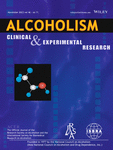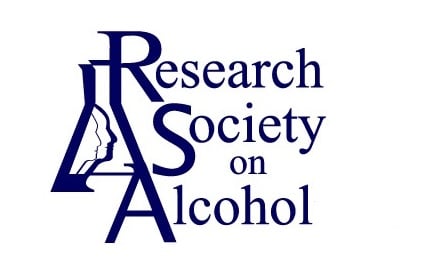Journal list menu
Export Citations
Download PDFs
ISSUE INFORMATION
ARTICLES OF PUBLIC INTEREST
REVIEWS
Alcohol use disorder as a potential risk factor for COVID-19 severity: A narrative review
- Pages: 1930-1943
- First Published: 17 November 2022
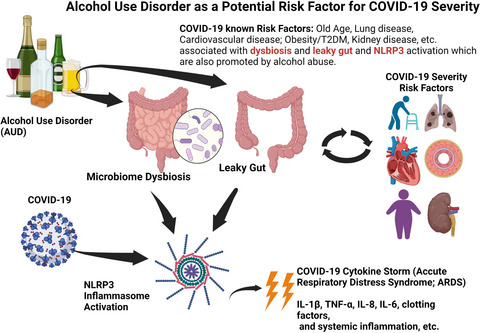
The COVID-19 pandemic beginning in 2020 is associated with more than 600 million documented cases and over 6 million deaths worldwide. Disease severity risk factors include old age, and diseases of the lung, cardiovascular, kidney and obesity. This review proposes chronic alcohol use disorder (AUD) as a risk factor for COVID-19 severity with evidence for three common pathologic mechanisms with these established COVID-19 risk factors that include microbiome dysbiosis, leaky gut and activation of the NLRP3 inflammasome driving systemic inflammation.
Systematic review and meta-analysis on the association between theory of mind and alcohol problems in non-clinical samples
- Pages: 1944-1952
- First Published: 18 September 2022
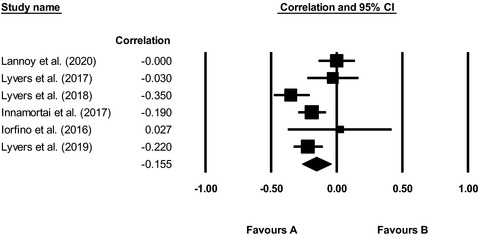
This study is the first to systematically review and meta-analyze results from studies examining associations between theory of mind (ToM) and alcohol problems in non-clinical samples. Most studies used a measure of ToM that assessed the ability to infer the mental states of others based on eye region cues. Meta-analytic results demonstrated that lower ToM was reliably associated with more alcohol problems in non-clinical samples.
CELL AND MOLECULAR BIOLOGY
MicroRNA-150-5p is upregulated in the brain microvasculature during prenatal alcohol exposure and inhibits the angiogenic factor Vezf1
- Pages: 1953-1966
- First Published: 15 September 2022
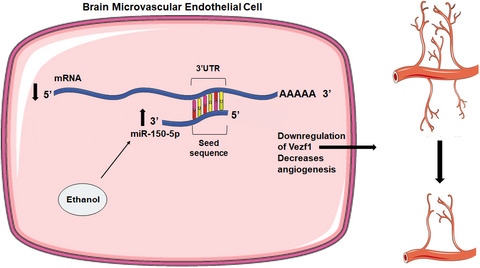
We show that miR-150-5p was upregulated and its novel target, the endothelial cell-specific transcription factor Vezf1, was downregulated in murine embryonic cortices and derivative brain microvascular endothelial cells following moderate prenatal alcohol exposure (PAE). We demonstrate in vitro and in vivo regulation of Vezf1 by miR-150-5p, and we show that miR-150-5p inhibition and/or Vezf1 overexpression can rescue EtOH-mediated effects on angiogenesis. Our findings highlight a novel mechanism by which PAE may promote vascular dysfunction in the brain during embryonic development.
NEUROSCIENCE
Effects of central amygdala chemogenetic manipulation and prior chronic alcohol exposure on Pavlovian-to-instrumental transfer
- Pages: 1967-1979
- First Published: 18 September 2022
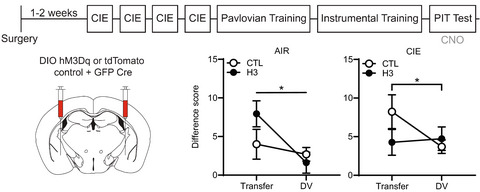
Chronic alcohol’s effects on central amygdala have long been studied in relation to stress and aversion. However, the central amygdala also participates in appetitive cue-related control over behavior, including the influence of non-drug cues on ongoing actions, a process termed Pavlovian-to-Instrumental Transfer (PIT). Here we show the prior chronic alcohol enhances PIT through alcohol-induced disruptions in central amygdala. Thus, central amygdala dysfunction can also support enhanced cue-related appetitive behavior.
The impact of prenatal alcohol and/or tobacco exposure on brain structure in a large sample of children from a South African birth cohort
- Pages: 1980-1992
- First Published: 18 September 2022
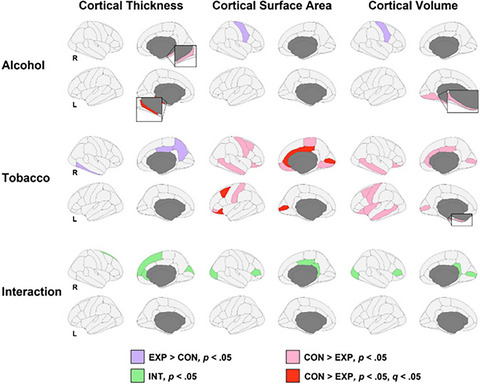
We analyzed brain structure of 332 8- to 12-year-old children from the Prenatal Alcohol, SIDS and Stillbirth (PASS) Network who had varying levels of prenatal alcohol (PAE) and/or tobacco exposure (PTE). PAE was associated with thinner parahippocampal cortices; PTE’s impact was more regionally expansive. Such PAE and PTE effects reflect highly complex downstream outcomes, which require consideration in terms of the amount of exposure, the deep poverty in which participants live, and the legacy of the dop system.
Early developmental alcohol exposure alters behavioral outcomes following adolescent re-exposure in a rat model
- Pages: 1993-2009
- First Published: 18 September 2022
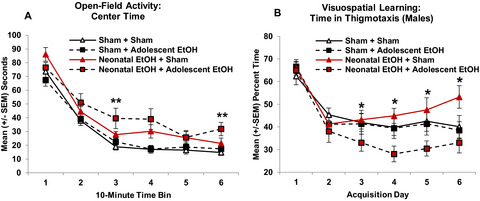
The current study investigated whether prenatal alcohol exposure increases vulnerability to the behavioral consequences of adolescent alcohol exposure. Early alcohol exposure alone produced hyperactivity and some learning deficits, while adolescent alcohol exposure alone altered emotional responding in females. However, the combination of early and adolescent alcohol led to increases in behaviors indicative of reduced anxiety and/or increased risk-taking in a sex- and task-dependent manner. Thus, prenatal alcohol exposure combined with adolescent alcohol exposure may specifically increase risk for emotional dysregulation.
2-Arachidonoylglycerol-mediated endocannabinoid signaling modulates mechanical hypersensitivity associated with alcohol withdrawal in mice
- Pages: 2010-2024
- First Published: 20 September 2022
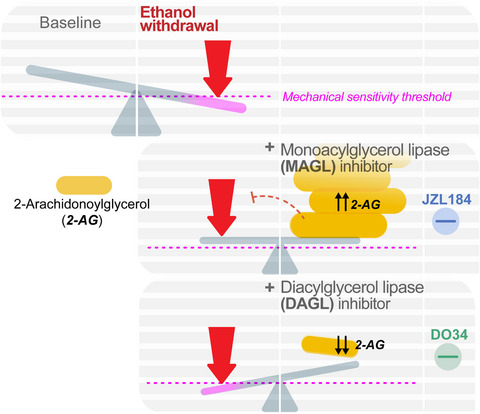
The endocannabinoid 2-Arachidonoylglycerol bidirectionally regulates mechanical hypersensitivity associated with alcohol withdrawal in mice. Systemic pharmacological enhancement of 2-AG levels with the MAGL inhibitor JZL184 reduces mechanical hypersensitivity during alcohol withdrawal, and the effect of MAGL inhibition is prevented when blocking both CB1 and CB2 receptors. Furthermore, preventing synthesis of 2-AG with a systemic pharmacological inhibitor of DAGL exacerbates sensitivity during alcohol withdrawal. These data suggest 2-AG augmentation could represent a novel approach to the treatment of alcohol withdrawal-associated hyperalgesia and AUD in patients with comorbid pain disorders.
EPIDEMIOLOGY, IMMUNOLOGY AND DEVELOPMENT
Analysis of alcohol use, consumption of micronutrient and macronutrients, and liver health in the 2017–2018 National Health and Nutrition Examination Survey
- Pages: 2025-2040
- First Published: 20 September 2022
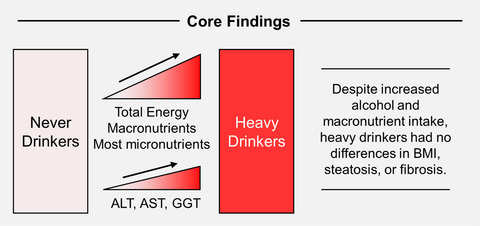
We sorted 2017-2018 NHANES survey respondents into drinking groups based on past-year self-reported alcohol consumption. Heavy drinkers consisted of generally healthy individuals with high alcohol and macronutrient intake, but with no evidence of liver steatosis or fibrosis. However, slightly increased plasma liver markers in this group may indicate a risk of future progression to more advanced stages of liver disease over time in some of these individuals.
Alcohol use, physical activity, and muscle strength moderate the relationship between body composition and frailty risk among people living with HIV
- Pages: 2041-2053
- First Published: 20 September 2022
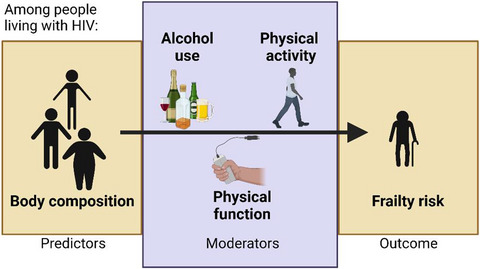
Results from this study reveal that fat-free mass, abdominal adiposity, body fat percentage, and body mass index are associated with frailty risk among people living with HIV (PLWH). Key moderators of these relationships include recent alcohol use, muscle strength, and physical activity level. Findings suggest that clinicians should focus on improving fat-free mass quantity among their patients living with HIV, particularly among those with lower grip strength and those who use alcohol.
BEHAVIOR, TREATMENT AND PREVENTION
Adolescent (mis)perceptions of peer alcohol posts on social media: Prospective associations with alcohol attitudes and use
- Pages: 2054-2067
- First Published: 15 November 2022
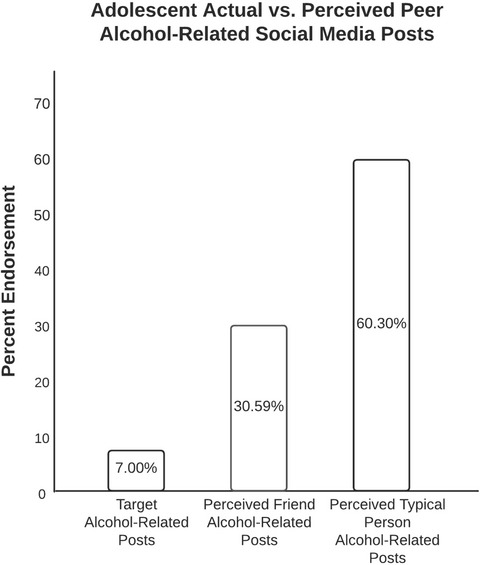
Although only 7% of adolescents in this longitudinal community sample reported that they posted alcohol-related content to social media, they reported that 60.3% of the typical person their age and 30.6% of their friends post alcohol content to social media. Perceived friend alcohol content posts prospectively predicted past 30-day alcohol consumption. Findings highlight that even low-risk youth may benefit from prevention interventions geared towards addressing exposure to alcohol-related content on social media.
A national assessment of on-premise drinking establishments near public universities: Drink prices, drink specials, indoor tobacco use, and state-level alcohol laws
- Pages: 2068-2076
- First Published: 13 September 2022
We examined drink prices/specials and associated practices of on-premise drinking establishments (n=403) near large universities in each state. On average, a beer and a vodka shot cost <$5, and most establishments had happy hours (HHs). Indoor tobacco use and cigarette retail were associated with lower drink prices. Lower drink prices, food retail, and no state law restricting HHs were positively associated with HHs. Setting minimum drink prices, restricting drink specials, and banning indoor use/retail of tobacco products should be priorities.
Development of the motivational thought frequency scale for alcohol abstinence (MTF-A)
- Pages: 2077-2088
- First Published: 13 September 2022
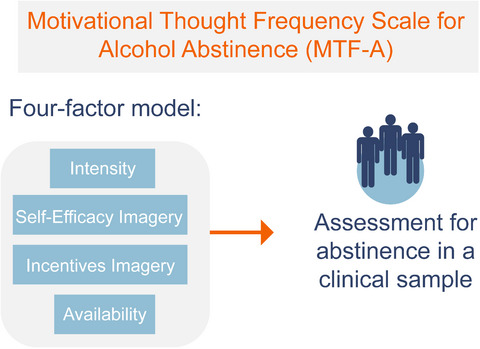
Understanding motivation for abstinence in alcohol use disorder can contribute to treatment retention and success. This study psychometrically evaluates the Motivational Thought Frequency Scale for Abstinence (MTF-A) in a clinical sample. A four-factor structure of Intensity, Self-efficacy Imagery, Incentives Imagery, and Availability provided the best fit. A shortened 9-item MTF-A (S-MTF-A) scale provided better fit than the original 13-item scale. Both MTF-A and S-MTF-A scales displayed good internal consistency. Both MTF-A and S-MTF-A scales also successfully predicted first-session treatment non-attendance.
College students' virtual and in-person drinking contexts during the COVID-19 pandemic
- Pages: 2089-2102
- First Published: 01 December 2022
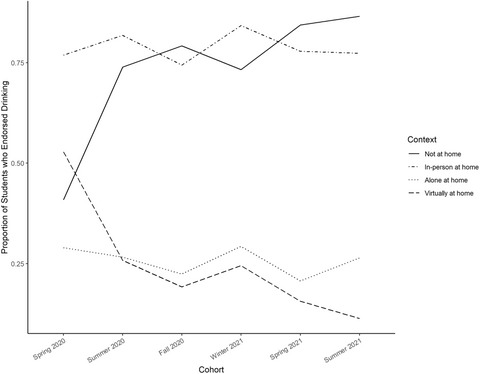
The COVID-19 pandemic incited changes in environments for college students. Students across six cohorts (Spring 2020 – Summer 2021) reported frequency of drinking outside the home, home alone, home with others in-person, and home with others virtually. Drinking at home virtually with others decreased, drinking outside the home increased, few changes for drinking home with others in-person and home alone were observed. Drinking outside the home represented the highest risk drinking context for consequences, followed by drinking at home alone.
Does state repeal of alcohol exclusion laws increase problem drinking?
- Pages: 2103-2109
- First Published: 26 November 2022
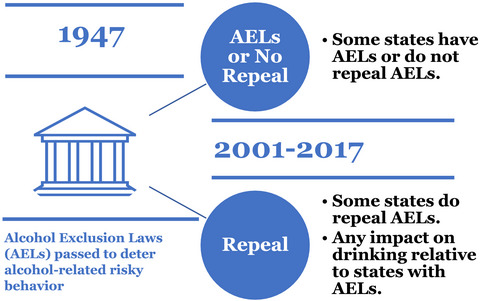
Alcohol Exclusion Laws were primarily implemented to deter risk-taking behaviors, such as excessive drinking. With Alcohol Exclusion Laws (AELs), insurance companies can reject claims for physical injuries caused by alcohol consumption, including injuries from impaired driving. A central premise of AELs is that they function as a deterrent to risk-taking behaviors; as such, their repeal will lead to problem drinking. This study examined this premise and found no discernible impact of AEL repeal on drinking.
The role of alcohol and cannabis co-use in drinking rate and its impact on consequences
- Pages: 2110-2120
- First Published: 20 September 2022
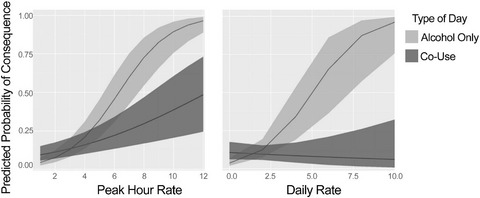
Two measures of daily drinking rate were examined: 1) daily rate (number of drinks divided by number of hours spent drinking), and 2) peak hour rate (maximum number of drinks consumed in a single hour). Alcohol and cannabis co-use was positively associated with peak hour rate. Both predicted the likelihood of experiencing a negative consequence. The interaction of both measures by co-use was significant such that the association of rate with experiencing a consequence was stronger on alcohol-only days.
IN MEMORIAM
A tribute to Harold Kalant: A man of tolerance
- Pages: 2121-2122
- First Published: 17 October 2022




